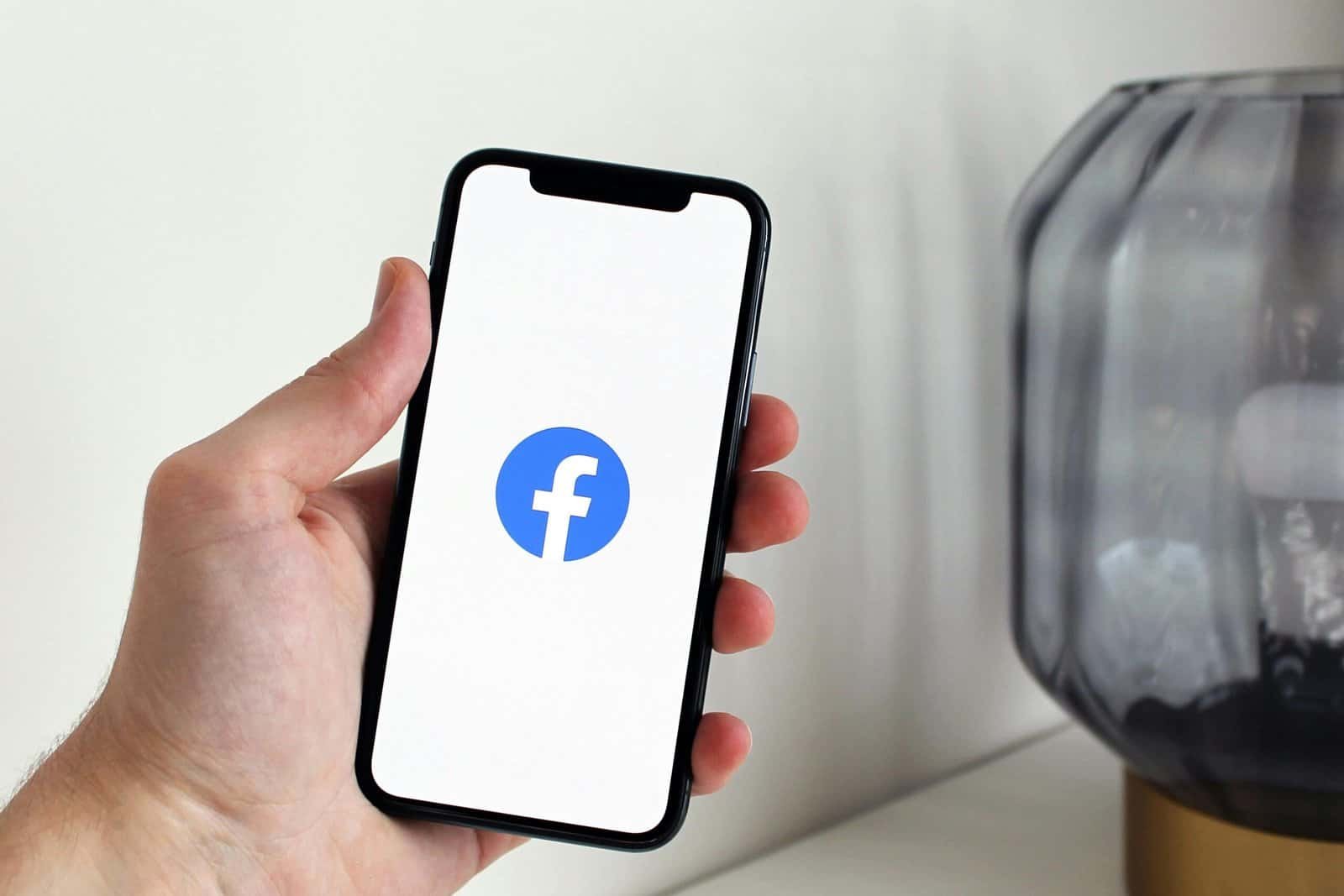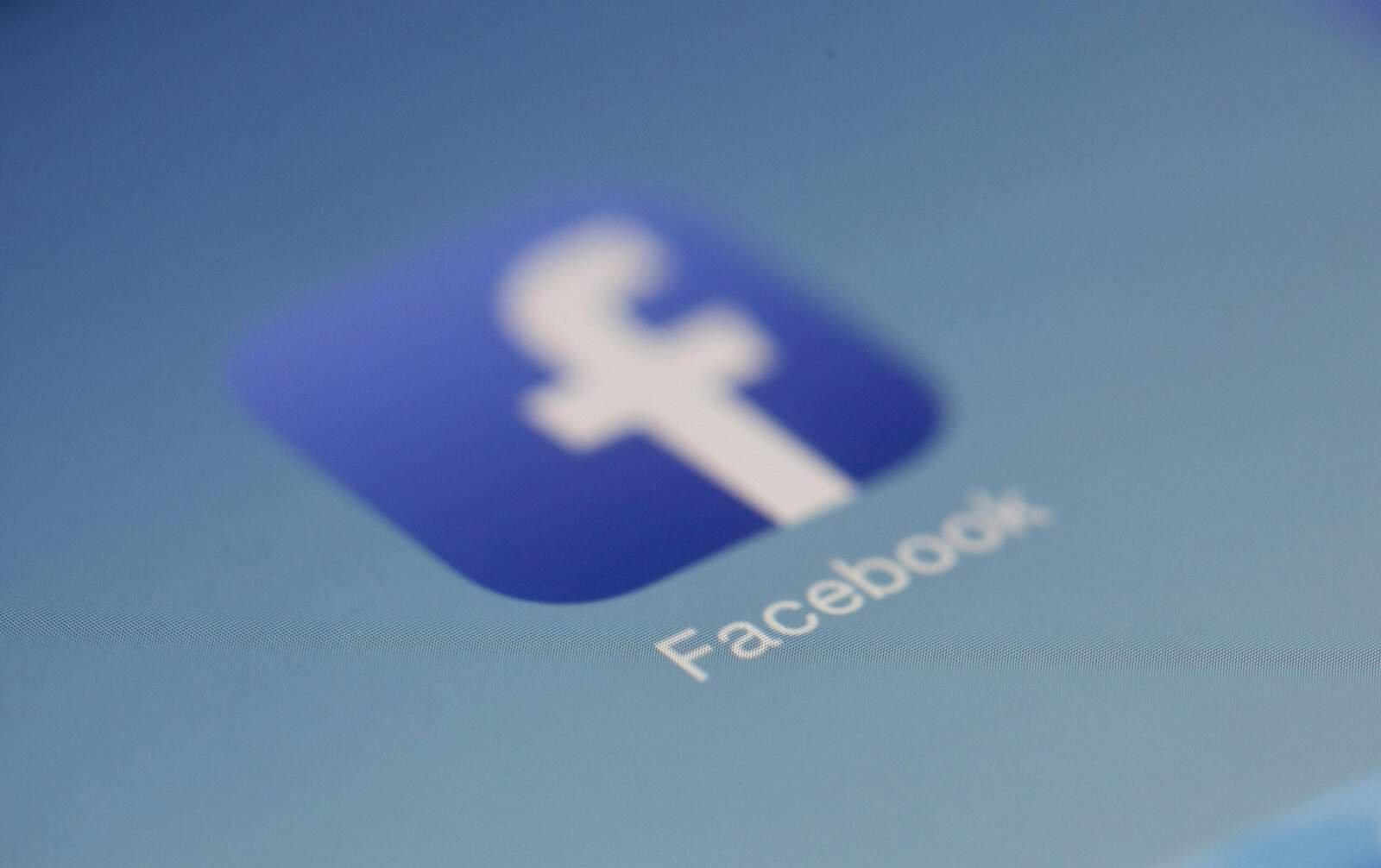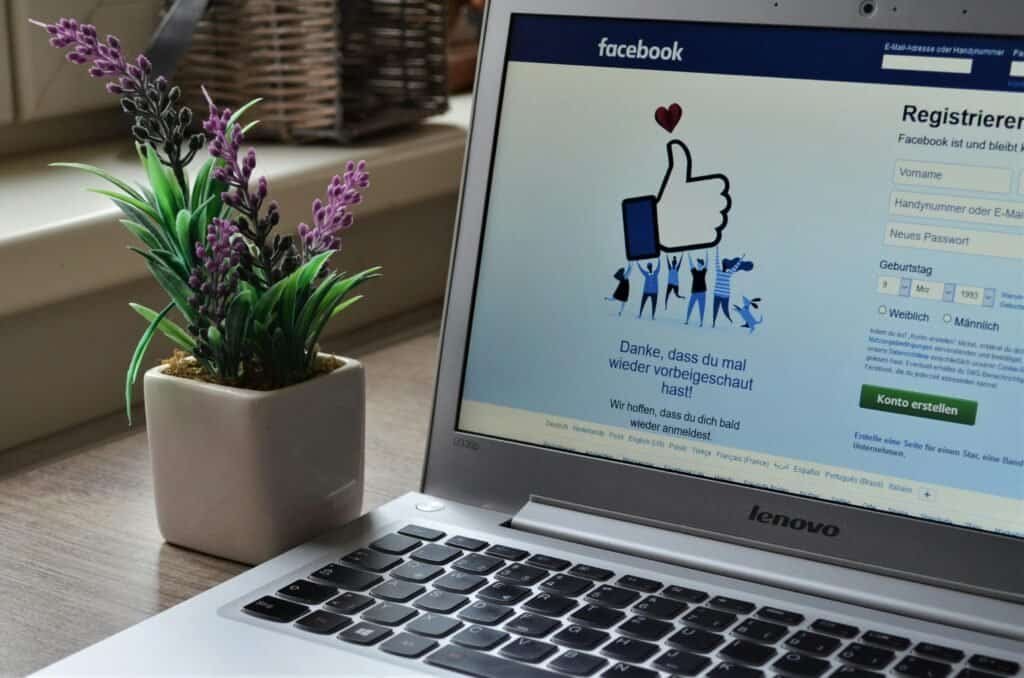Hey man! If you have noticed that your Facebook posts aren’t getting the reach or engagement you want, if they seem to waft into oblivion like little pieces of digital chaff, you are not mistaken. Even with great headlines and cool photos, social media has become increasingly crowded, and making a place for yourself in the Facebook landscape is more demanding than ever. With a constantly changing algorithm and the battle for the newsfeed, understanding how to optimise your posts has never been more important. So how do you actually take control of Facebook and make sure your content survives, let alone thrives?
What if you could tell which of your posts would act as a conversation-starter that people would share, comment on, and ultimately take action from? Surely you could be a social media whisperer, creating just the right amount of buzz to grow your audience organically. This isn’t some dreamy fantasy—it’s a reality, many of which I’m about to divulge right here, right now! This blog post will offer you a bevy of expert tips and tricks regarding how you create a post, including when the best time is to post and what kind(s) of content would elicit the most conversations, views, and ultimately, action. From what to say to when you should say it, we’ve got everything you need to know to take your Facebook presence from forgettable to unforgettable. So take a seat, buckle up, and go ahead and optimise your bitesize Facebook presence for optimal response today.

Crafting Compelling Headlines: Grabbing Attention in the News Feed
Not only is the headline the first thing people see on Facebook, it’s also one of the most important. It needs to stop thumbs from scrolling to make your post stand out among the chaos of the News Feed—and encourage people to click on it. But how do you write headlines that break through the noise and catch people’s attention?
One technique is to evoke curiosity or interest with an open question or a provocative assertion: ‘Want to know the secret behind our new product?’ Or ‘You won’t believe how our new product works!
Another option is to use affect by writing headlines that invoke curiosity, excitement, even fear. Emotionally charged headlines have the best chance of attracting attention and increasing engagement: say not ‘10 Tips for Better Sleep’ but ‘What you MUST do to have a great sleep every day—these 10 life-changing tips’.
Finally and lastly: seed your headlines with terms that are likely to be of interest to your potential audience. ‘Seeding’ with keywords ensures that your content ranks as high as possible in search-engine returns as well—and gets in front of the people who will want to read what you have to say.
Visual Storytelling: Leveraging Images and Videos for Maximum Impact
Visuals now completely rule the online world. A fantastic way to gain more traction with your posts on Facebook and other social media is to include images and video to make your content more engaging.
Try to choose high-resolution photographs that tie into your post’s content and hit the spot for your audience. If your audience is made up of tech gurus and your post is about how to improve your website’s homepage, an image of computer equipment is a great choice. But do your best to avoid using generic stock photographs in your posts. This has a robotic, amateurish feel to it.
If you get access to original visuals, like product photos, behind-the-scenes images, or something similar, by all means use them. Authenticity and freshness will go a long way in boosting engagement.
It also favours native videos over external shares of them—say, someone sharing a YouTube or Vimeo video—so you’re much more likely to get reach and engagement on your videos if you simply upload them to Facebook.
Make sure your visuals are short and visually appealing. Lengthy videos or busy images deter users from engaging. Optimise for mobile, too; the majority of Facebook’s user base visits the site from smart phones.
Timing is Everything: Discovering the Best Times to Post on Facebook
There might be greater reach associated with posting at 1pm on a Tuesday or at 8pm on a Thursday. If you know when your fans are online, and therefore, when they’re most active on Facebook, you can aim as close to the bullseye as possible with your posting schedule.
Another way to determine optimal posting times is to peruse your page insights for patterns in user activity. For example, are there clear trends in days and times of day when people visit more frequently, leaving comments or sharing your posts?
Generally speaking, according to our research, the best time to reach the maximum audience is on weekdays between 10 am and 3 pm. But we must note that every audience is different, so it is necessary to experiment with posting at different times and engage with statistical analysis.
Moreover, if your audience is international or geographically widespread, keep in mind time zones. Posting times can be customised for some regions to encourage views by your friends.

The Power of Engagement: Encouraging Likes, Comments, and Shares
The best way for Facebook to exert its power on you is to get you to read, discuss and react to posts from other users. Thus, the more likes, comments and shares your content can generate, the more successful you are likely to be as a content creator.
One easy way to engage people is by asking them questions. Or asking them for their thoughts….think of what you just posted. Example questions from the pop-up comments: ‘What’s your favourite beach vacation destination?’ Need more inspiration—along with ideas for headlines that lead Naturally, no list posted here is exhaustive, not least because there’s no one best list of headlines. No matter what you post about, be creative and leave your own special mark.
Here are a few more examples from other writers so you can continue to expand your collection.
- 158 Headline Formulas That Make Any Story Pop: This wolf was feared… until this happened.
- 32 Punchy Headline Formulas Guaranteed To Catch More Social Media Attention
The second way is to provide interactive content, such as polls or quizzes. People generally love taking polls and quizzes. They are fun and straightforward, which helps generate quite a lot of interaction.
Secondly, the fact that you’re available on the platform means that you can reply to comments and messages in a timely manner, which will make your audience feel special and foster a sense of belonging to your brand’s community.
Harnessing Analytics: Using Data to Fine-Tune Your Strategy
Data is the key that will open up the full possibilities of Facebook posts targeting. Once you have made your analyses, it is time to leverage the very useful data Facebook Insights offers you—or indeed any other dedicated tool—to analyse the performance of your posts.
So pay attention to the reach, the engagement rate, the click-through rate (CTR), and the conversion rate to find out what types of content seem to strike a chord with your audience, as well as on which channel they seem to perform better.
For instance, after noticing that videos tend to get much more engagement than text publishers, you might choose to create a higher proportion of your posts with video content.
See how your audience reacts to different variables, like post length, tone of voice or visual elements. A/B testing lets you compare how two versions of a post perform with your audience.
Going Beyond Text: Embracing Live Video and Stories
Facebook has also seen tremendous success with live video streaming and stories. This provides new opportunities to engage users. Brands and individuals can communicate with their audience in a live format.
Live videos bring behind-the-scenes content, question-and-answer sessions, or live events to the users. The time-stamped nature of the live videos, coupled with the live nature of the feature, creates a level of urgency and exclusivity for the users that encourages them to tune in to the session to participate in the broadcast.
In contrast, initially Stories were a much less formal, more ephemeral way to circulate content, showing up at the top of the news feed and vanishing after 24 hours. You could use Stories to showcase whatever you’d like—be it your daily updates, an exclusive glimpse at an upcoming event, or a time-bound offer.
If you want to make your Facebook pages more dynamic and create more engaging content, using live video (Facebook Live) and stories are excellent methods to add some life to your page and make it more immersive for your audience.

Building Relationships: Engaging with Your Audience for Long-Term Success
Cultivating relationships with your audience will help you grow your Facebook presence in the long term. This involves creating great content, but it’s more than just that. This rule means that you should actively chat with your consumers and create a sense of community.
Responding promptly (with anything from messages and comments to reviews) demonstrates that you care about what your fans have to say and are interested in their feedback. It also helps to humanise the brand, establishing your credibility with your audience.
Open-ended questions, or inviting users to input on upcoming projects or products—all these are proactive engagements. Participation marketing is more than merely reactive engagement. It is also about putting out the call in advance. Ask a question, and you invite an answer. Run a content creation contest, gathering submgenerated content. Curate that content into testimonials.
Just keep in mind that all good relationships take time and effort; you need to be patient and consistent—show up on your page with valuable content and valuable engagement again and again, and you just might forge some lasting friendships.
Cracking the Code: A/B Testing Your Posts for Optimal Results
A/B testing is a great way to optimise your Facebook posts: you present two different versions of a post and see which one is most successful with your audience.
When running A/B tests, test one variable at a time: the headline, a visual, the call to action, or any other part of your piece. Otherwise, you won’t know whether it’s the picture, the headline or the post that is resonating for your particular audience. Sprinkle ingredients that you know are effective. Once you have a sense of what works and what doesn’t, sprinkle in the ingredients that got the highest ratings from your audience into your other work.
For example, if you’re testing headlines, create two identical posts with two different headlines and see which one has a higher reach and engagement. This is an indication that that headline fits your audience’s preference.
As time goes on, continue to use A/B testing to adjust other variables in your content strategy. The insights you glean from A/B tests can guide data-driven decisions and guide your content marketing team toward achieving the best results.
Conclusion
In a crowded social media world, if you’re not optimising Facebook posts for reach and engagement, then your posts are quickly forgotten. All you need to do to make your Facebook posts unforgettable is start writing better headlines, maximise visual content, post at the right times, inspire people to engage, utilise Facebook analytics, utilise live video and stories, grow a fan base, and conduct A/B tests.
Keep in mind that there is no universal formula for creating optimal Facebook posts. Learn about the types of content your audience is most likely to engage with and be receptive to, and adjust accordingly. Measure your posts’ performance often, and stay open to trial and error.
With a bit of commitment and a quantitative attitude, you’ll be on your way to being a Facebook post master and persistent influence on one of the most powerful social networks in existence.

